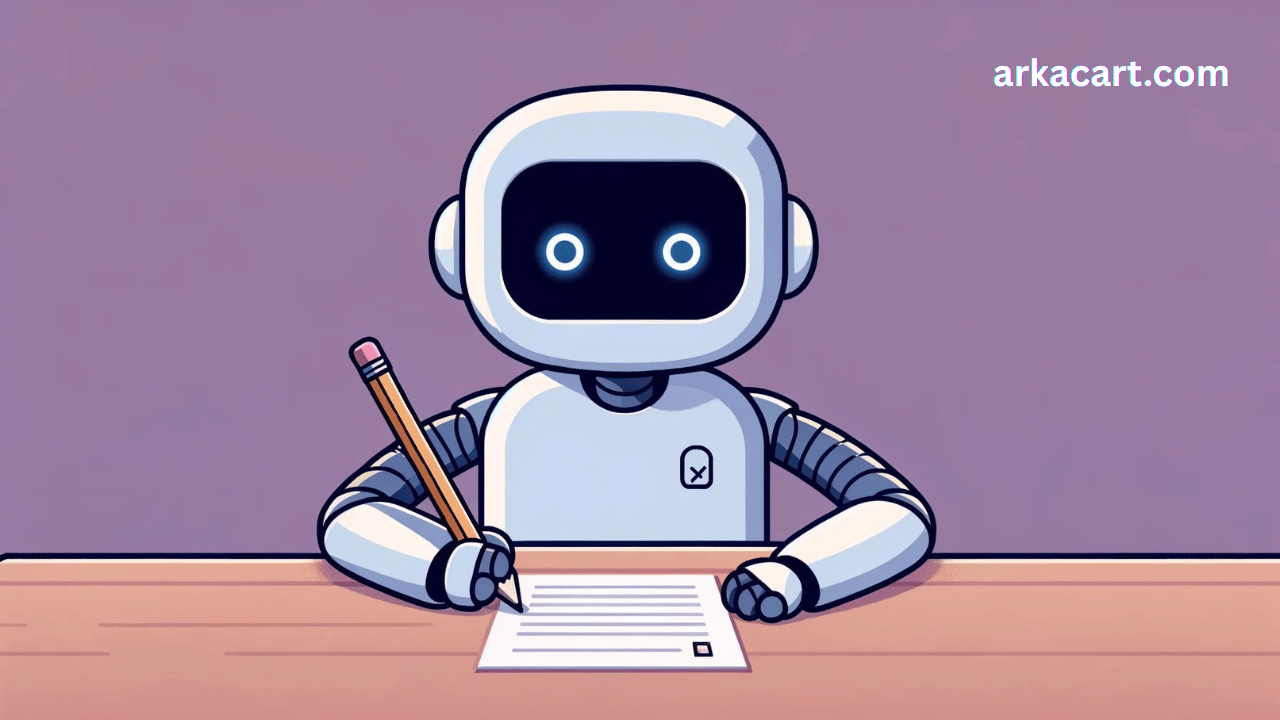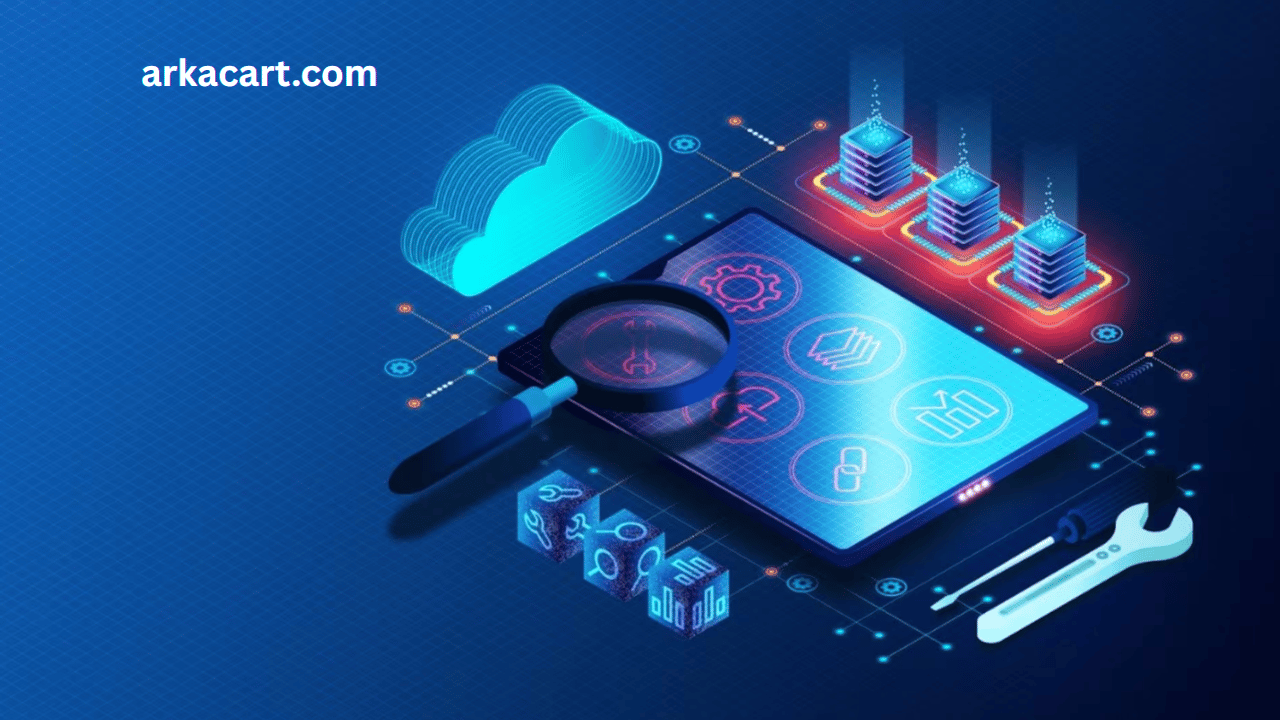AI Agent Testing: Stress Testing Agents with Reinforcement Learning Scenarios

AI agent testing has become a fundamental approach for validating autonomous systems that operate under uncertainty, adapt to evolving states, and interact with distributed environments. Unlike conventional validation frameworks, which focus on deterministic correctness, this approach emphasizes resilience under stress. Stress testing through Reinforcement Learning (RL) scenarios provides an advanced method for evaluating agents against perturbations, sparse signals, adversarial pressures and degraded computational resources.
These evaluations ensure that decision strategies remain stable, generalizable and adaptive under extreme conditions. The paradigm extends the scope of AI software testing, moving it beyond static correctness toward dynamic evaluation of system robustness and adaptability.
The Nature of Stress in AI Agent Testing
Stress in AI agents arises when the conditions of execution deviate from stability. Rather than testing raw throughput or latency as in deterministic software, stress in AI contexts represents how behavior degrades when feedback signals become unreliable, when adversaries alter the distribution of states, or when agents encounter resource constraints.
Stress in reinforcement learning contexts can be described by the following features:
- Uncertainty in feedback where incomplete or noisy feedback forces probabilistic decision-making.
- Non-stationary environments that evolve mid-execution, destabilizing established decision strategies.
- Multi-agent adversarial pressures where competing behaviors alter feedback landscapes unpredictably.
- Sparse signal regimes in which feedback is delayed or absent, testing exploration persistence.
These factors ensure stress testing evaluates convergence efficiency and long-term resilience. By exposing hidden instabilities, AI agent testing becomes a critical layer of system validation.
Reinforcement Learning as the Stress Testing Framework
Reinforcement learning inherently supports stress testing due to its scenario–situation–feedback–strategy structure. By altering state transitions, injecting noise into feedback, or expanding action spaces, reinforcement learning scenarios can impose controlled instability. Stress arises when strategy optimization no longer aligns with modified dynamics, revealing weaknesses otherwise concealed during baseline training.
Three central reinforcement learning stress methods are widely applied:
- Perturbation in state transitions introduces anomalies such as delayed sensors, corrupted signals, or stochastic action consequences. In robotic navigation, for example, sudden obstacle insertions distort trajectory prediction reliability.
- Feedback signal degradation creates sparse or noisy guidance. Agents exposed to randomized or delayed rewards must rely on probabilistic heuristics, testing adaptability under incomplete optimization guidance.
- Exploration pressure intensification forces agents into prolonged exploration. Techniques such as randomized resets or state space expansion amplify computational strain and reveal exploration–exploitation imbalances.
Through these manipulations, reinforcement learning serves as the most precise engine for constructing stress evaluation frameworks.
Structural Dimensions of Stress Testing
Stress testing involves multiple structural considerations that extend beyond raw environment modification. Strategy stability must be measured over long horizons, ensuring divergence from optimal trajectories is minimized. Exploration–exploitation balances must be observed to detect inefficiencies when agents face persistent exploration.
Temporal generalization must be validated, ensuring that long-term decision dependencies remain stable. Resource degradation handling must also be assessed, where strategies must adapt when computational cycles, bandwidth, or action opportunities are deliberately constrained.
These dimensions show that stress testing validates both environmental adaptability and computational resilience simultaneously.
Metrics in AI Agent Stress Testing
Stress testing becomes meaningful only when quantified. Reinforcement learning scenarios allow rigorous measurement across multiple axes:
- Feedback Convergence Variance measures fluctuation in long-term feedback across stress conditions.
- The Strategy Divergence Index tracks deviation between optimal and stressed strategies.
- Error Propagation Depth quantifies how single perturbations amplify across decision sequences.
- Survival Rate in Multi-Agent Systems indicating persistence under adversarial or cooperative conditions.
- Stability Horizon measures the time span before catastrophic collapse in stressed states.
These metrics ensure stress evaluation is structured and reproducible, enabling comparisons across agent architectures.
Scaling Stress Testing in Distributed Environments
Distributed systems impose cumulative stress factors: asynchronous events, partial observability and unstable communication channels. Reinforcement learning environments can replicate these by introducing event desynchronization, restricted visibility and adversarial network conditions.
For example, in distributed resource management agents, bandwidth throttling combined with randomized node failure creates cascading decision failures. Testing such scenarios ensures agents are robust under conditions that mimic real-world volatility.
Integrating Stress Testing Into Development Pipelines
Stress testing must be integrated into iterative development, not reserved for post-deployment. Reinforcement learning frameworks can be embedded as modular stress simulators, triggered during strategy optimization phases. Integration ensures resilience validation occurs continuously.
For developers building chatbots or digital assistants, LambdaTest Agent-to-Agent Testing offers a reliable way to validate logic, consistency, and flow. The system automatically tests conversational agents, analyzes weak points, and integrates results into CI/CD pipelines to maintain model quality over time.
Features:
- Automated CI integration: Plug into build pipelines to auto-run conversation tests on each commit.
- Behavioral drift detection: Monitors whether new versions alter previous expected responses.
- Intent validation: Ensures the model understands and reacts correctly to diverse user intents.
- Data security agents: Tests agent handling of confidential or restricted data.
- Actionable test summaries: Highlights top failure types with evidence and conversation traces.
Reinforcement Learning Stress Scenarios
Stress scenarios extend beyond simple perturbations and can be designed systematically:
- Adversarial training scenarios introduce competing agents whose objectives destabilize convergence.
- Extreme retention-failure simulation forces agents to alternate tasks with shifting distributions, testing memory retention.
- Feedback noise injection distorts strategy updates by introducing random reinforcement.
- Sparse state activation creates large spaces with minimal feedback density, forcing deep exploration.
- Meta-RL scenarios demand higher-order learning, exposing adaptability limits.
These scenarios demonstrate how stress can be applied across different axes of complexity, from low-level decision variance to meta-learning adaptability.
Stress Testing with Curriculum Learning
Curriculum learning can extend stress testing with reinforcement learning by gradually increasing scenario complexity. Instead of immediately exposing agents to extreme volatility, environments can be structured with progressive perturbations. Early stages present mild anomalies such as slight state-transition noise, while later stages introduce adversarial agents, high feedback sparsity, or resource degradation.
This staged exposure enables agents to adapt incrementally, building strategy robustness layer by layer. Stress testing with curriculum structures reduces catastrophic collapse during initial training phases while still validating long-term resilience under peak adversity. Moreover, curriculum-based stress allows reproducible baselines where difficulty increments are standardized, ensuring comparability across architectures.
By embedding curriculum stressors, reinforcement learning frameworks reveal weaknesses and provide structured adaptation pathways, leading to stronger generalization in agents designed for volatile real-world contexts.
Stress Testing Across Domains
Stress testing finds use across multiple technical environments. In robotics, agents encounter dynamic obstacles and hardware noise. In network defense, security agents face evolving adversarial attack vectors.
In autonomous driving, simultaneous sensor failure and rare event simulation test reliability under extreme risk. In distributed computing, bandwidth throttling and asynchronous execution stress strategy efficiency. In conversational AI, adversarial dialogue sequences and contradictory inputs test language strategy persistence.
Each domain leverages reinforcement learning scenarios to reveal systemic weaknesses before deployment in real-world volatile conditions.
Challenges in Stress Testing Agents
Stress testing through reinforcement learning is resource-intensive and complex. Several challenges remain:
- Computational Overhead: Extended exploration and adversarial training require high simulation counts.
- Feedback Misalignment: Poorly designed stress signals bias outcomes and mask real weaknesses.
- Exploration–Exploitation Complexity: Artificial exploration pressure risks overfitting to rare states.
- Reproducibility Constraints: High stochasticity reduces consistency of evaluation unless extensive logging is applied.
- Scaling in Multi-Agent Systems: Coordination costs grow exponentially with adversarial agent counts.
Addressing these requires structured benchmarks, consistent scenario generation, distributed infrastructure and adaptive logging protocols. Stress testing becomes sustainable only when computation and reproducibility are aligned.
Benchmarking Frameworks for Stress Testing
Benchmarking frameworks are important because they facilitate the test of agent fidelity through standardized, reproducible settings. Rather than just testing performance for a reinforcement learning agent, benchmarking frameworks can also be used to stress test. These frameworks allow systematic and controlled variations using altered parameters, observation delays or increased task complexities while keeping the comparisons constant for multiple models.
In addition to supporting standardized benchmarks, they assist the field with experimentation, replicability, and community-driven stress testing mechanisms such as adversarial behaviors or shifting goals. This allows testers to keep their stress testing stable, scalable and real-world relevant.
Practical Applications of Stress Testing Results
The feedback from stress testing is not only diagnostic but also instructive. Metrics such as stability horizon, strategy divergence, and survival insight can guide changes to reinforce learning models. They represent vulnerability that may be masked in stable conditions and illustrate the way decision strategies react in the face of delays, noisy signals, and opposed action.
Taking the results further into application, developers can modify learning protocols, rebalance exploration and exploitation, or even redesign the feedback. By doing so, developers take stress testing from a validation exercise into a means of better understanding how to be resilient and confirm that agents have the potential to perform reliably in the volatile and unpredictable situations they encounter in real life.
Future Directions
Future trajectories in AI agent testing point toward more advanced reinforcement learning stress frameworks. Automated stress scenario generation through meta-learning could replace manual construction. Hybrid systems integrating formal verification with RL-based stress testing will provide dual-layer validation. Neuro-symbolic overlays could be added to identify logical breakdowns under stress.
Transfer stress testing is where agents validated under one domain are exposed to unrelated environments, which will measure adaptability beyond controlled states. Continuous stress testing, embedded into live systems, will enable real-time adaptive validation. These developments suggest stress testing will evolve from periodic validation into continuous assurance, embedded directly within adaptive system pipelines.
Conclusion
AI agent testing through reinforcement learning stress scenarios extends system validation beyond deterministic correctness into resilience verification. By exposing agents to limited signals, hostile variations, weakened incentives, and resource constraints, stress testing ensures strategies maintain adaptability under extremes. Reinforcement learning provides both the mechanism and framework for creating these stress conditions systematically.
By integrating stress testing into iterative development pipelines and scaling through distributed infrastructure, adaptive systems can be validated not only for convergence but also for reliability under unpredictable, high-variance conditions. This establishes AI software testing as a discipline not limited to correctness but extended toward resilience and adaptability across diverse technical domains.


